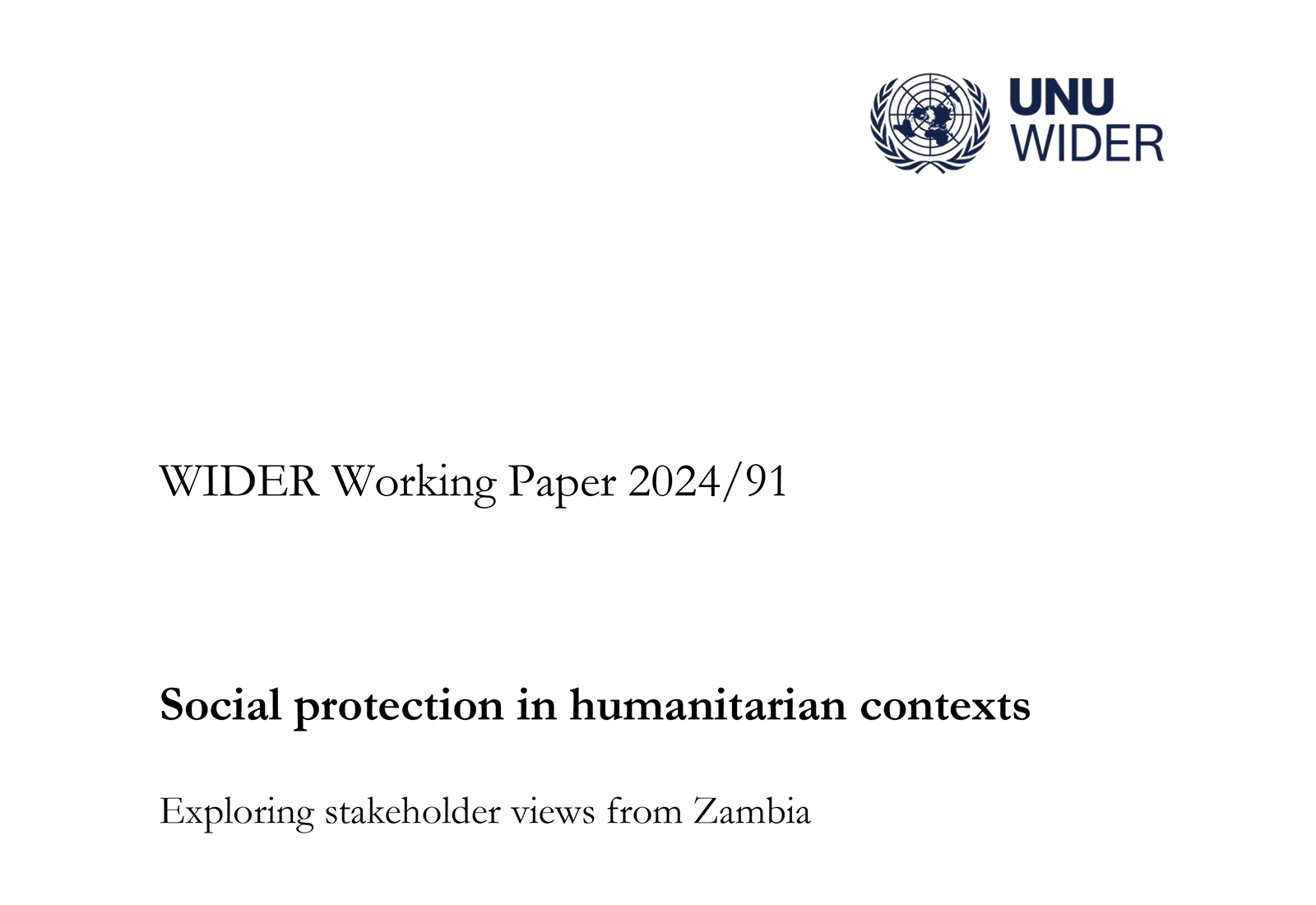Leverage ratio requirement, credit allocation and bank stability
Vähimmäisomavaraisuusaste, luottojen kohdentuminen ja pankkien vakaus
Tiivistelmä
Tässä keskustelualoitteessa tutkitaan kalibroidulla teoreettisella mallilla vähimmäisomavaraisuusasteen (VOVA) vaikutuksia pankkiluottojen kohdentumiseen ja pankkien vakauteen. Vähimmäisomavaraisuusaste on Basel III -säännöksiin sisältyvä lisävaatimus, joka asetetaan riskiperusteisten pääomavaatimusten täydennykseksi. Tämänhetkinen 3 prosentin VOVA ei mallin mukaan juuri vaikuttaisi luottokorkoihin eikä luotonannon määriin. Tämä johtuu siitä, että pankit, jotka ovat aikaisemmin erikoistuneet joko vähäisen tai suuremman riskin luototukseen, voivat sopeutua tilanteeseen myöntämällä tasaisemmin riskiltään erilaisia luottoja. Jos vähimmäisomavaraisuusaste olisi huomattavasti korkeampi, vähäisen riskin luottojen korot nousisivat merkittävästi ja suuremman riskin luottojen korot laskisivat. Jos vähäisen riskin luottoihin sisältyy riittävän suuri ”malliriski”, kuten ns. subprime-kriisissä, 3 prosentin vähimmäisomavaraisuusaste voi jopa heikentää pankkien vakautta vastoin Baselin komitean tavoitteita. Tämä johtuu siitä, että VOVAn aiheuttama pankkien luottosalkkujen samankaltaistuminen voi tällöin toimia pikemminkin sokkien välityskanavana kuin riskien hajauttajana. Jos vähimmäisomavaraisuusaste olisi sen sijaan huomattavasti korkeampi kuin nykyinen 3 %, se todennäköisesti lisäisi pankkien vakautta myös malliriskin tapauksessa.
Julkaisun tiedot
Kiema, I. & Jokivuolle, E. (2011), Leverage ratio requirement, credit allocation and bank stability, Suomen Pankin keskustelualoitteita 10/2011, Suomen Pankki.
- ISSN: 0785-3572 (painettu), 1456-6184 (verkkojulkaisu)
- ISBN: 978-952-462 (painettu), 978-952-462 (verkkojulkaisu)
- JEL: D41, D82, G14, G21, G28

- Ilkka Kiema
- tutkimusohjaaja
- Puh. +358-40 940 2287
- ilkka.kiema@labore.fi
- Tutkijaprofiili


